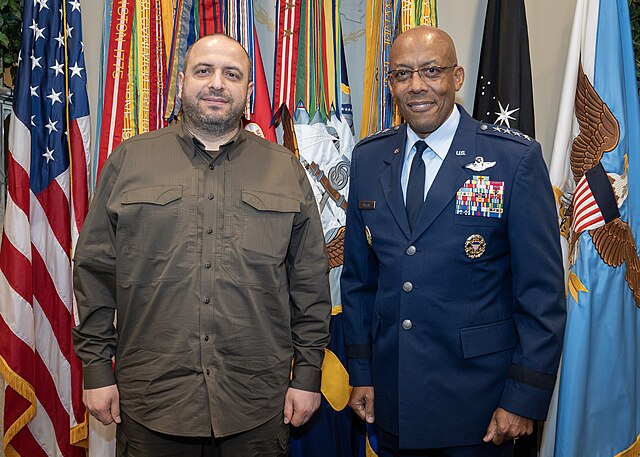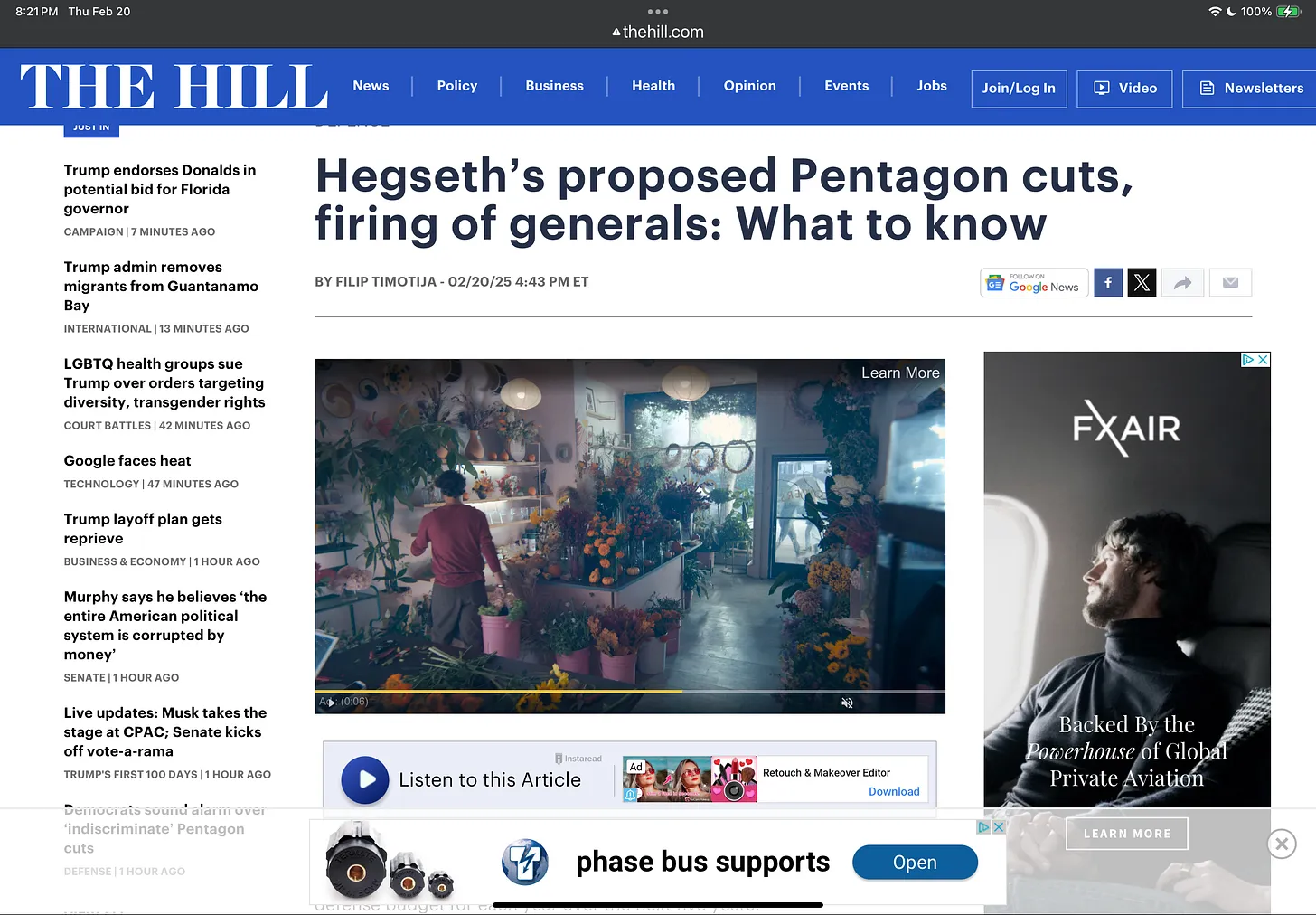
Image by Applodion
In April, the National Resistance Front of Afghanistan (NRF) escalated its strategic operations against the Taliban, capitalizing on the groundwork laid during their spring offensive. As the combat season unfolded, the NRF significantly expanded its operational reach and improved its tactical expertise, focusing on undermining Taliban control. Throughout the month, the NRF’s guerrilla units executed 29 precision operations, resulting in over a hundred casualties among Taliban terrorists. The NRF employed a range of tactics that included targeted assassinations, ambushes, rocket barrages, and the deployment of improvised explosive devices. These operations targeted Taliban checkpoints, logistic convoys, and high-value individuals across the northeastern, northern, eastern, and western regions of Afghanistan, with a concentrated focus in Kabul, where the majority of the month's activities were
recorded.
Employing unconventional warfare tactics, NRF forces typically engaged in hitand-run attacks, though some encounters escalated into prolonged firefights lasting up to an hour. The NRF meticulously planned most operations to occur under the cover of darkness, enhancing operational security and minimizing civilian exposure, with selective daytime operations executed with precision to avoid collateral damage. Currently established in twelve provinces, the NRF is strategizing further expansion into the north-western and south-western regions. This territorial expansion is integral to the NRF’s broader guerrilla campaign, aimed at acquiring ammunition and enhancing operational capabilities. This phase is pivotal for structuring and reinforcing NRF forces, transitioning them towards base-building and conventional warfare strategies to liberate provinces.
























